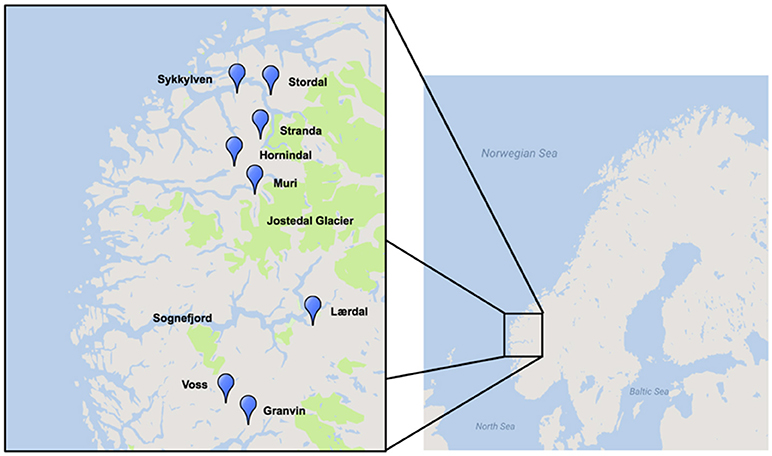Let's Brew Beer
Let's Brew Beer!
A yeast strain i've always wanted to work with, check out my latest video and find out why its so popular with brewers all over the globe.
https://youtu.be/wSSdVuPTet0
https://youtu.be/wSSdVuPTet0
Kveik is pronounced "kvike" with one syllable. No one knows the history of kveik, because there's no history documenting it specifically. It just seemed to appear several years ago in Norway. Practically no one in Norway knew about kveik before then, apart from a minority of rural home brewers. But, to be fair, Norway wasn't ever recognised for its brewing history. Not in the sense like other European brewing nations, e.g., Belgium, England, Germany, etc.
What's been proposed to date is merely speculation. The idea kveik has been passed down generations unchanged, perhaps, as some would have us believe, as far back as the Viking era, is great marketing, but it ignores the inevitable process of mutation and its consequences for genetic structure, especially in microbial populations, which have high rates of mutation. The probability of mixed microbial cultures remaining genetically stable over time is practically zero. The only way to stabilise the genetic integrity of yeast strains is to isolate pure cultures (as Emil Hansen did) then preserve them in stasis, e.g., by freezing.
In terms of performance, there are numerous yeast strains that get beer from FV to glass sooner than kveik does and with better, more refined, yeast profiles. At least according to my taste buds. It seems the only benefit of using kveik really is when fermenting in warm conditions without temperature control and that assumes one likes the kveik profile or gets to hide it behind a shed load of hops. I'm not convinced it warrants all the apparent hype, to be fair, but they say anything can be sold with the right marketing strategy.
I see. Based on what, in terms of evidence?It is told that the Vikings brought beer yeast back from pillages to Britain and they just started using it and it mutated to withstand how they treated it.

But, according to the data set and analysis, presented in that publication, kveik are a distinct group of yeast (Saccharomyces cerevisiae), separate from British brewing strains. So how did you arrive at the idea, "Vikings brought beer yeast back from pillaging Britain"? Statements like that need to be supported with some pretty convincing data. All we have at the moment are a collection of untested hypotheses. That includes the "domesticated" yeast phylogeny generally. It's just a very loose, untested hypothesis based on very limited data, which is exactly why it's all such a mystery so far. Yet some people claim to know so much about the history of kveik? That kind of thing is based squarely on marketing, not scientific data. Make believe mainly. I don't buy it, personally.Mostly due to the yeast being in the same domesticated samples as british ale yeast

Frontiers | Traditional Norwegian Kveik Are a Genetically Distinct Group of Domesticated Saccharomyces cerevisiae Brewing Yeasts
The widespread production of fermented food and beverages has resulted in the domestication of Saccharomyces cerevisiae yeasts specifically adapted to beer p...www.frontiersin.org
I have never used KveikWhich Kveik yeasts have you tried? The one I obtained from escarpment lab called Krusher I did under pressure at 68f.
I have never tasted a cleaner beer at this temp.
I guess fermenting u set pressure is good with say S05 if you don’t want the esters. Curious to know what yeasts you use for the styles you brew.
Alsways looking to get better.
